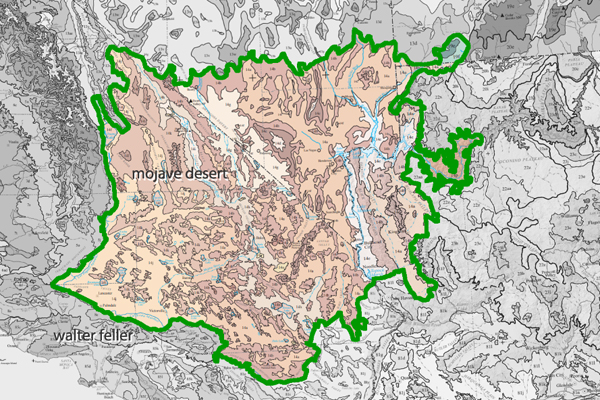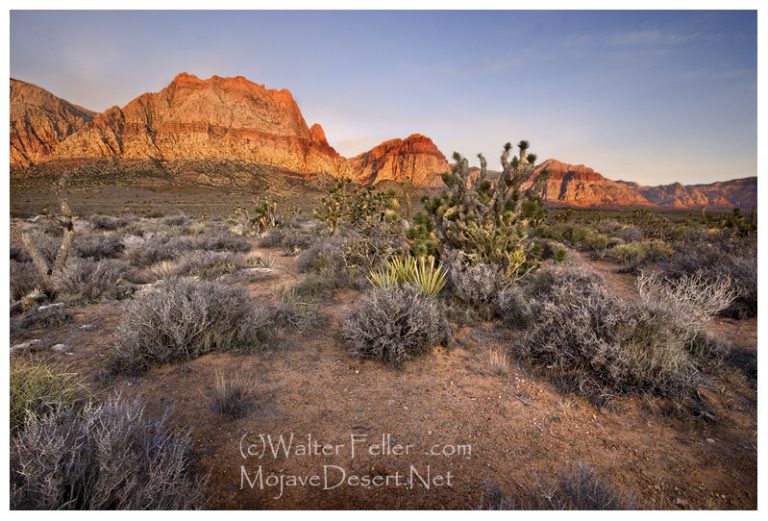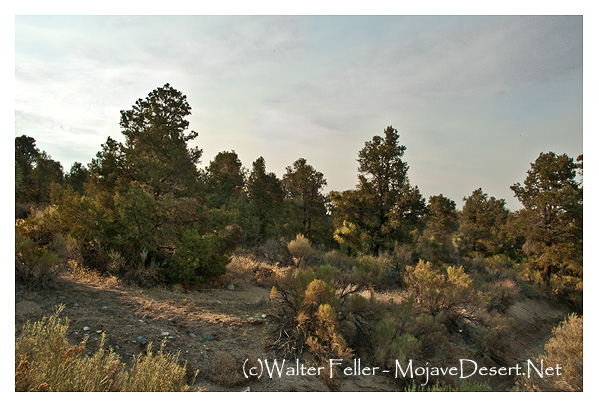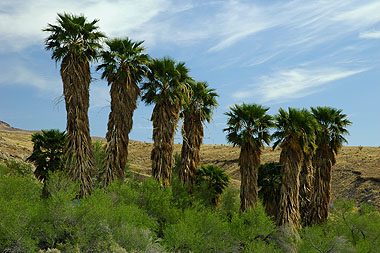The Mojave Desert, located in the southwestern United States, is a unique and ecologically diverse ecosystem known for its extreme temperatures, arid conditions, and distinct plant and animal life. Various factors, including topography, climate, and human activities, influence the transitions within the Mojave Desert ecosystem.

Here are some key ecological transitions within the Mojave Desert:
- Elevation Gradients:
- The Mojave Desert exhibits significant elevation gradients, ranging from below sea level in Death Valley to higher elevations in mountainous regions such as the Spring Mountains and the Mojave National Preserve. These elevation changes lead to variations in temperature, precipitation, and vegetation types.
- Flora and Fauna Shifts:
- Plant and animal species are adapted to specific elevation ranges within the Mojave Desert. As you move from lower to higher elevations, you may encounter shifts in vegetation types, with desert shrubs giving way to pinyon-juniper woodlands and eventually to coniferous forests.
- Water Availability:
- Water availability is a critical factor influencing ecological transitions in the Mojave Desert. Oasis ecosystems, supported by underground aquifers or natural springs, provide unique habitats in contrast to the surrounding arid landscapes. These oases can support a higher diversity of plant and animal life.
- Playa Ecosystems:
- Playas, or dry lake beds, are common features in the Mojave Desert. During rainfall, playas can fill with water, creating temporary wetland habitats that support a burst of life, including migratory birds and amphibians. However, these ecosystems are highly dependent on unpredictable precipitation patterns.
- Human Impact:
- Human activities, such as urban development, agriculture, and infrastructure projects, have significantly altered the Mojave Desert landscape. Urban areas like Las Vegas and Los Angeles have expanded into the desert, leading to habitat fragmentation and loss. Human activities can disrupt natural ecological processes and contribute to invasive species encroachment.
- Climate Change Effects:
- The Mojave Desert is not immune to the impacts of climate change. Changes in temperature and precipitation patterns can affect the distribution of plant and animal species, alter vegetation composition, and influence the timing of biological events, such as flowering and migration.
- Fire Ecology:
- Fire is a natural ecological process in many ecosystems, including the Mojave Desert. Some plant species in the desert have adapted to fire, and periodic wildfires can shape vegetation patterns. However, altered fire regimes due to human activities or climate change can have complex effects on the ecosystem.





Understanding these ecological transitions is crucial for effective conservation and management of the Mojave Desert. Conservation efforts need to consider the interconnectedness of various factors and address the challenges posed by human activities and climate change to maintain the health and biodiversity of this unique desert ecosystem.